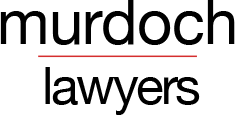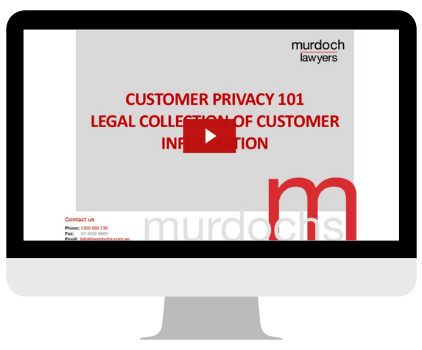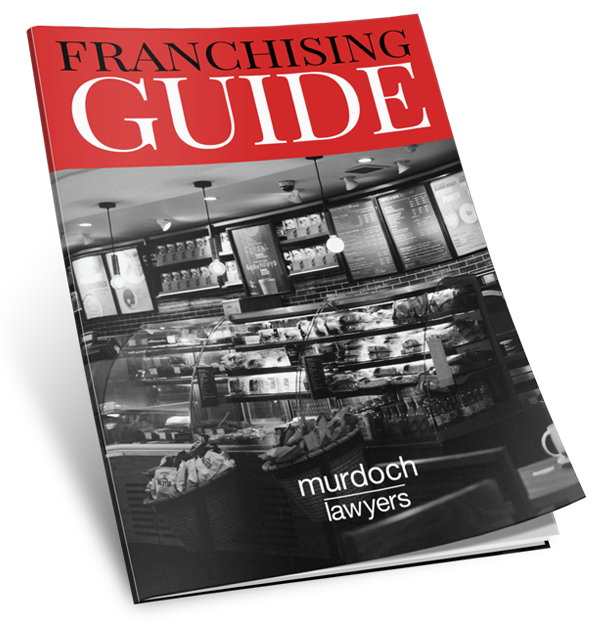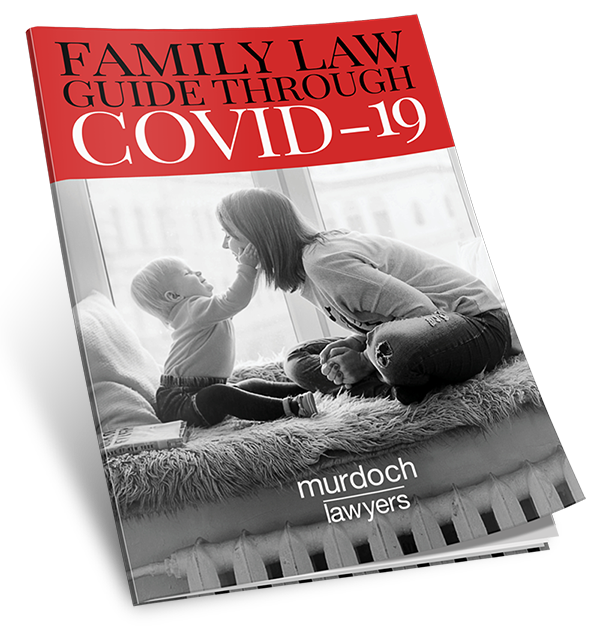
When a business is run by a company, and is unable to pay its debts as and when they fall due, it is insolvent and may be placed into liquidation voluntarily by its directors or shareholders, or by the Court, upon a creditor’s application.
In a liquidation, the company’s financial affairs are wound up by a liquidator who is a specialist insolvency accountant and registered liquidator.
A liquidator has power to investigate and examine a company’s affairs and realise its assets, including by continuing to run and/or sell the business the company was operating prior to liquidation. After investigations, the liquidator may also identify transactions where money may be recovered for the benefit of all creditors, including from directors under certain circumstances. Finally, a liquidator may admit debts of creditors and pay dividends if a surplus of funds exists.
A liquidator will also consider whether there may be claims against the company director(s) for insolvent trading or unreasonable director-related transactions, or whether or not money is recoverable against those creditors who have received preferential payments. In the latter case, this means the liquidator asks for a creditor to pay money back. That is because that creditor received preferential treatments in being paid over other creditors, usually in the period six months prior to the start of the liquidation for non-related parties.
When a liquidator is appointed to a company, any Court actions against it are stayed. That means a creditor cannot continue with the Court action unless a Court permits it.
The effect of a liquidation on unsecured creditors is that those creditors are unable to recover their money from the company. Instead, those creditors have a right to prove for dividends in a liquidation of the company, and be paid a dividend if there are any.
The liquidator will advise all known creditors of the liquidation and provide them with a formal proof of debt form.
To participate in a dividend, creditors must complete the form in detail. The onus is on the creditor to prove the existence of their debt and its amount. Therefore, copies of as much documentary evidence as possible should be submitted with the form.
The liquidator will examine the creditor’s claim and either admit it or reject it. If the debt is admitted, the creditor can participate in a dividend distribution, should one be made. This usually means a creditor gets back a number of cents in the dollar, rather than the full debt they are owed.
Creditors should submit a proof of debt form in the time called for by the liquidator and ensure that the liquidator has received it, and that their name is listed as a creditor.
If a liquidator rejects a proof of debt, the creditor will be notified of the reasons, and the creditor may provide further information upon which a liquidator can reverse the rejection. If not, a creditor may appeal to the court for a review. Again, the burden of proof is with the creditor.
If a dividend is paid after the period for lodgement of proof expires, the liquidator will send the creditor a cheque.
The Corporations Act provides for payment of creditors in specific priorities, such as employees first, but subject to that, all unsecured creditors rank equally and are paid dividends on a pro-rata basis.
If creditors need advice on liquidation, or assistance with lodging a proof of debt, they should seek legal advice from a specialist insolvency lawyer.




